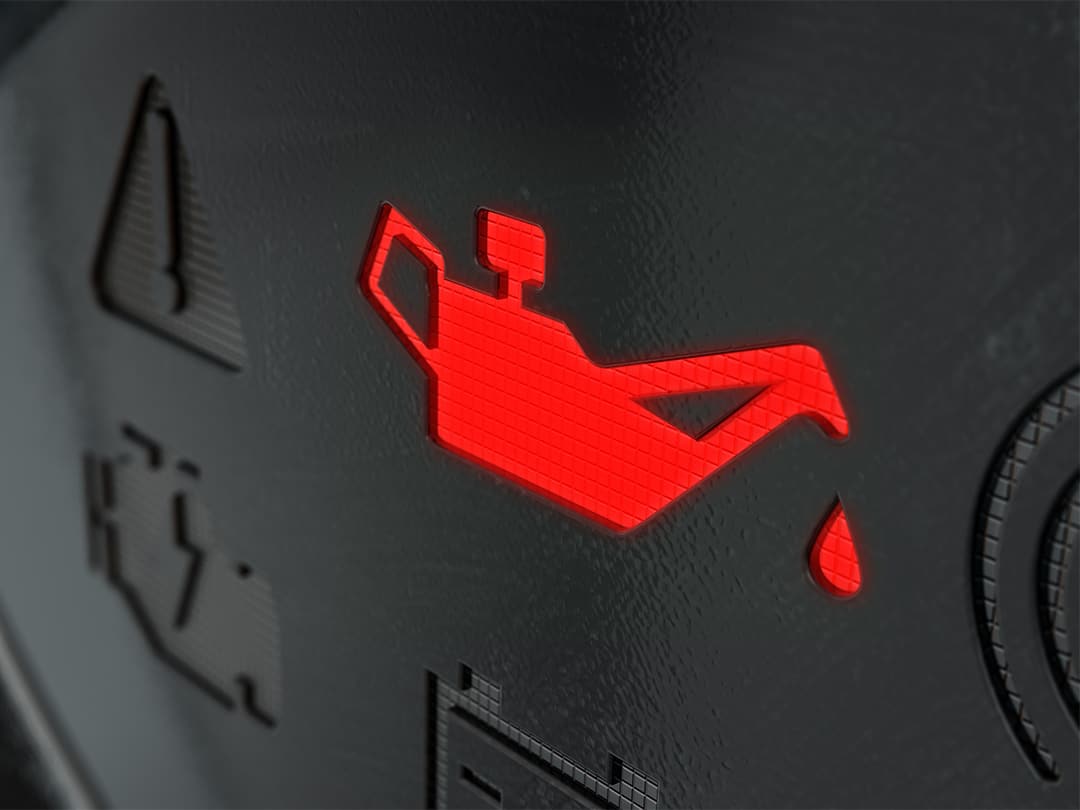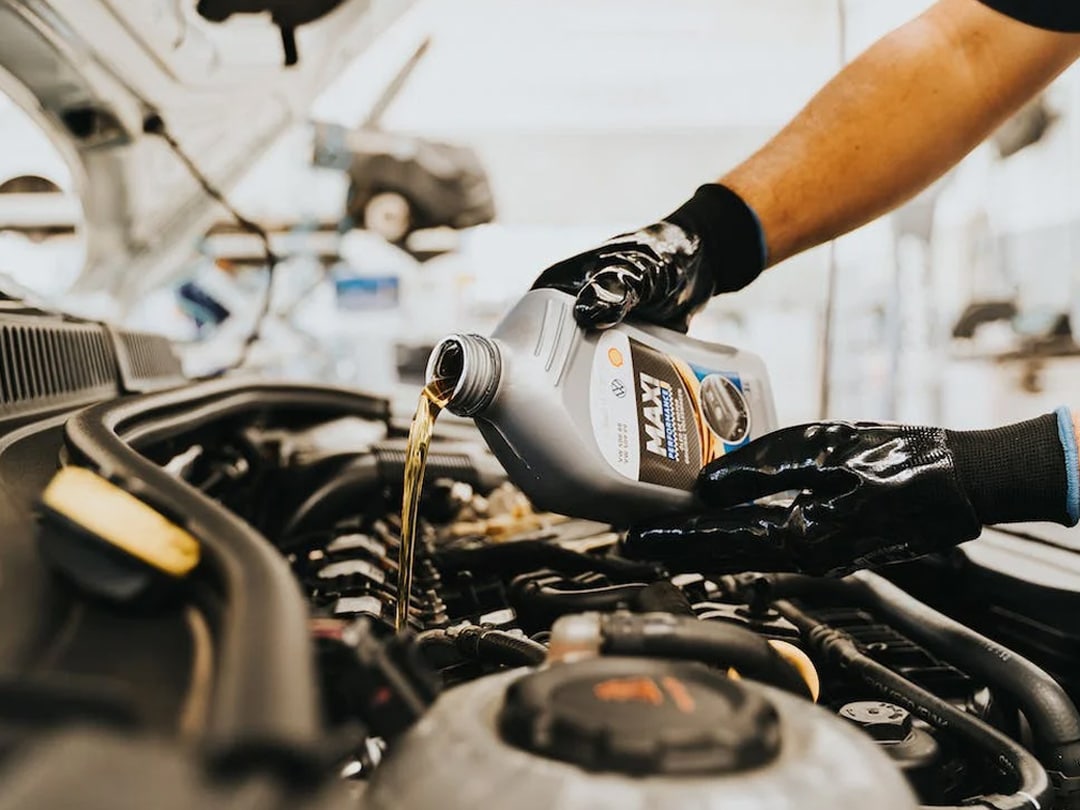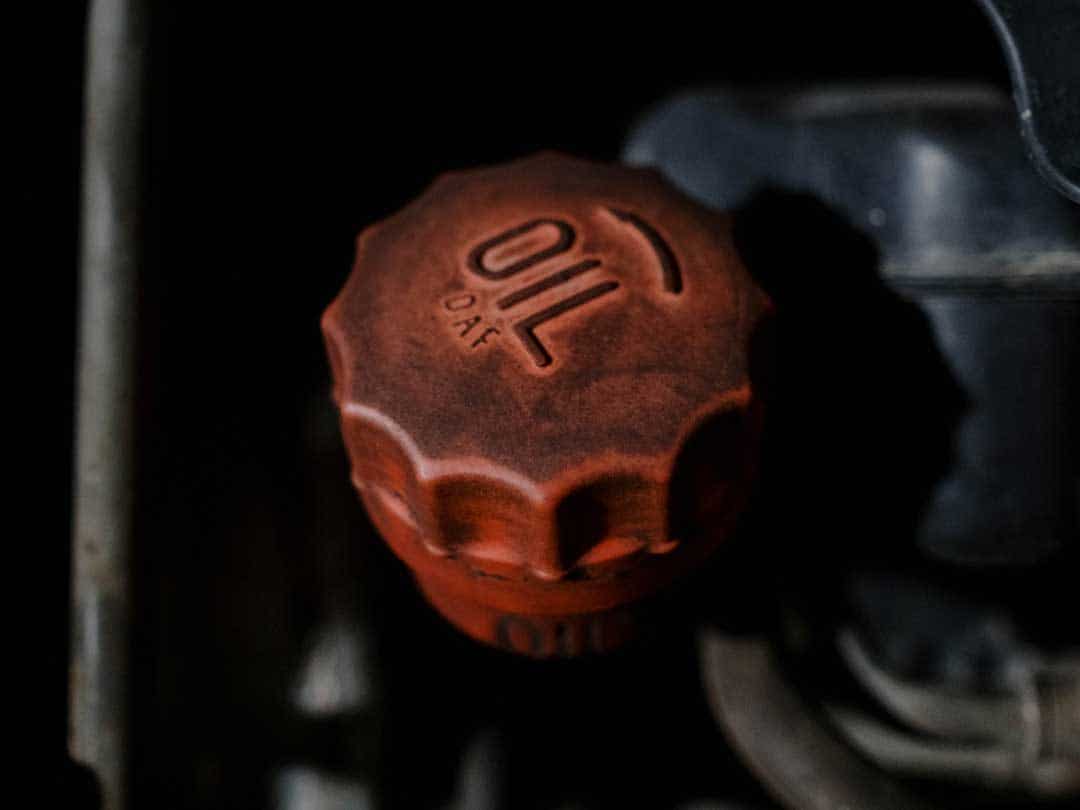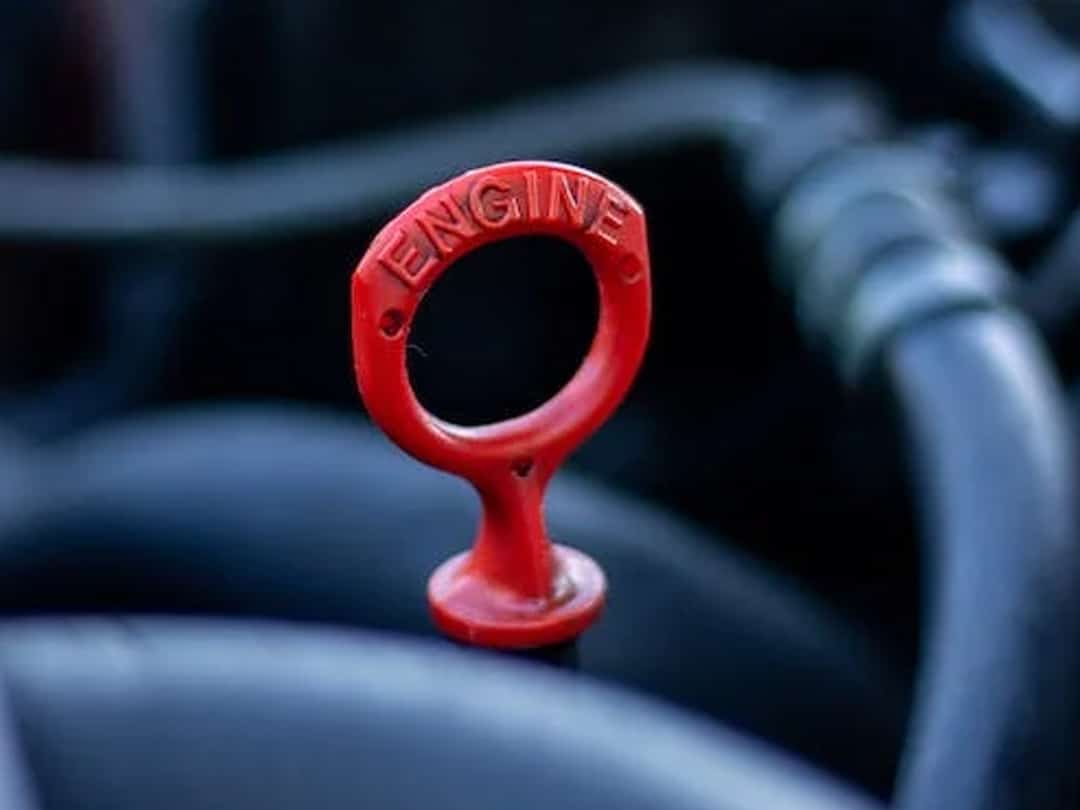The engine oil light is a light that you will likely be familiar with, in the shape of an oil can with a small drop coming from the spout it is hard to confuse with any other dashboard warning light. You know that any issue with your car’s engine can be a serious one so the engine oil light should be taken seriously.
The role of engine’s oil in your car is to act as a lubricant and reduce the friction between all the moving parts of the engine, so driving with low levels can lead to your engine overheating and serious damage that can be expensive or impossible to fix.
What does it mean if you oil light comes on?
The engine oil light is sometimes referred to as an oil pressure light, this gives you a better idea of what can cause it to come on – when low oil pressure is sensed within your car’s engine. This can be caused by several different issues:
Low engine oil level
If your engine oil level is too low this will cause a decrease in the pressure of the system leading to the oil light to come on.
Although this is easily remedied by topping up with fresh engine oil you should investigate further as to why the oil level is low as there could be a leak that needs further investigation. We talk you through checking your oil level later in this blog. If the warning light stay on even after you top up the oil level then the possibility of a leak or faulty oil pump or sensor should be investigated by a trained mechanic.
Oil leaks
As mentioned previously, oil leaks can affect the pressure within the engine oil system. An oil leak can be easy to spot with pesky dripping oil often leaving marks on the road under where your car has been parked, sometimes it may be picked up during other routine servicing of your car or by noticing low oil levels.
An oil leak needs to be investigated by a mechanic as it could just be an issue with the oil filter or gasket loosening over time or could be other issues with the oil pan or oil pump gasket leaking and causing the oil pressure warning light to come on.
Faulty oil pump
A working oil pump will efficiently circulate oil throughout the engine, a faulty pump does not produce the correct oil pressure, therefore causing the oil warning light to be illuminated.
This problem can be diagnosed by a trained mechanic who will be able to carry out pressure checks before installing a new oil pump should one be required. Once this has been fixed, the low oil pressure light should turn off.
Issues with the oil pressure sensor
The oil pressure sensor can fail too, meaning that your oil light comes on when it shouldn’t and when there is no actual oil pressure problem. A qualified vehicle technician, like us here at Peverell Garage, can use diagnostics to pick up any issues with an oil pressure sensor. In some cases a new oil pressure sensor may be required in order for the oil pressure light to turn off.
Oil cap loose
If the dipstick or oil cap has not been replaced properly then this will instantly impact the pressure in the system and cause the oil light to come on.
If you have recently checked, changed or topped up your oil then notice the oil light comes on you should go back and check that you have replaced all the caps securely before looking into other reasons why your oil warning light has illuminated.
Dirty engine oil and clogged oil filter
If you’ve checked your oil levels and they seem to be fine but the oil light is still on then is could just be that your engine oil is dirty – it has picked up too much rust, dirt and debris as it runs through the engine and is no longer able to function efficiently. This can clog the oil filter and cause the oil warning light to come on.
What does it mean if my oil light is flashing?
A flashing oil pressure light is telling you that the oil is not lubricating the engine and the engine is beginning to overheat. This may be accompanied by the temperature warning light coming on or the engine light illuminating. You should pull over, turn off the engine immediately and top up your engine oil to prevent further damage to the engine.
How do I know if my oil just needs changing?
Modern cars may have an ‘oil change’ light which comes on to notify the owner that an oil service is due. This light will be yellow or orange in colour whereas the oil pressure light is red.
You can check your service history to see whether your car is due an oil change but at Peverell Garage we suggest an oil change every 6-9000 miles or annually to prevent the build up of dirty oil. We do this as part of all our car servicing packages.
Can you still drive with your oil light on?
You should not drive with the oil light on as it could mean that the engine has run out of oil making it likely to overheat or even refuse to turnover at all. You may notice some other symptoms if critically low oil levels are to blame including steam or smoke coming from under the bonnet, a knocking sound from the engine or loss performance from your car’s engine.
You should pull over as soon as safely possible and turn off the engine to check that your engine has enough oil. Wait until the engine has cooled before you do this in order to get an accurate reading. You should get your vehicle checked over by a trained mechanic if the oil light remains after topping up the oil levels. To do this safely may mean you need your car towed to avoid further damage to the engine.
What can you do to help prevent your oil light from coming on?
There are a couple of things you can easily do to help minimise the risk of issues with your engine oil.
Regular oil level checks – how to check your engine oil level
Regularly checking your engine oil level is a great way to help prevent issues. As well as checking the oil level it also allows you to have a visual inspection of the oil to see if there is high levels of dirt and may even pick up larger issues such as cylinder head gasket problems when the oil in the cap is thick and looks more like mayonnaise!
Checking your engine oil is simple but you will need an old rag. You should also make sure your engine is cold and that you are parked on flat ground to give an accurate reading. If topping up your oil make sure the motor oil you use is suitable for your vehicle.
- Locate the oil dipstick under the bonnet of your car, it will likely have a yellow or reddish handle.
- Remove the dipstick and, after visually inspecting the oil, wipe the stick clean with an old rag.
- Re-insert the dipstick into the tube (completely back into position) then remove once more.
- Look at the oil level on the stick. It should be between the minimum and maximum mark on the flat section at the bottom (more details can be found in your vehicle’s owner’s manual).
- Replace the stick back into position and, if the oil level needs topping up, find the oil cap (a larger cap with OIL or the oil warning symbol written on) and open. Pour in some of the new, clean oil then check the level again to ensure you have not exceeded the maximum line.
Regular servicing, oil filter and oil change
An annual oil filter and oil change can prevent the build up of dirt and debris within the engine oil and allow any issues such as leaks and loose bolts to be spotted early and fixed. Here at Peverell Garage we offer an oil change as part of all our car servicing packages.
Things to remember…
Remember that all makes and models of cars are different and have different parts and, to some extent, warning lights. You should always check your owner’s manual or vehicle handbook to see what it tells you about your car’s warning lights and also where your oil dipstick and oil cap are.
Get to know your car and keep up with regular servicing. Changing the oil and oil filter regularly can help prevent these problems a lot of the time. Take your car to a professional garage if you are unsure of the problem or how to fix it – low oil levels can lead to irreparable damage to your engine if left.
At Peverell Garage our expertly trained team offer diagnostics, vehicle repairs and car servicing so can help with all oil warning light issues you may face. Contact us on 01752 266099 to see how we can help.




